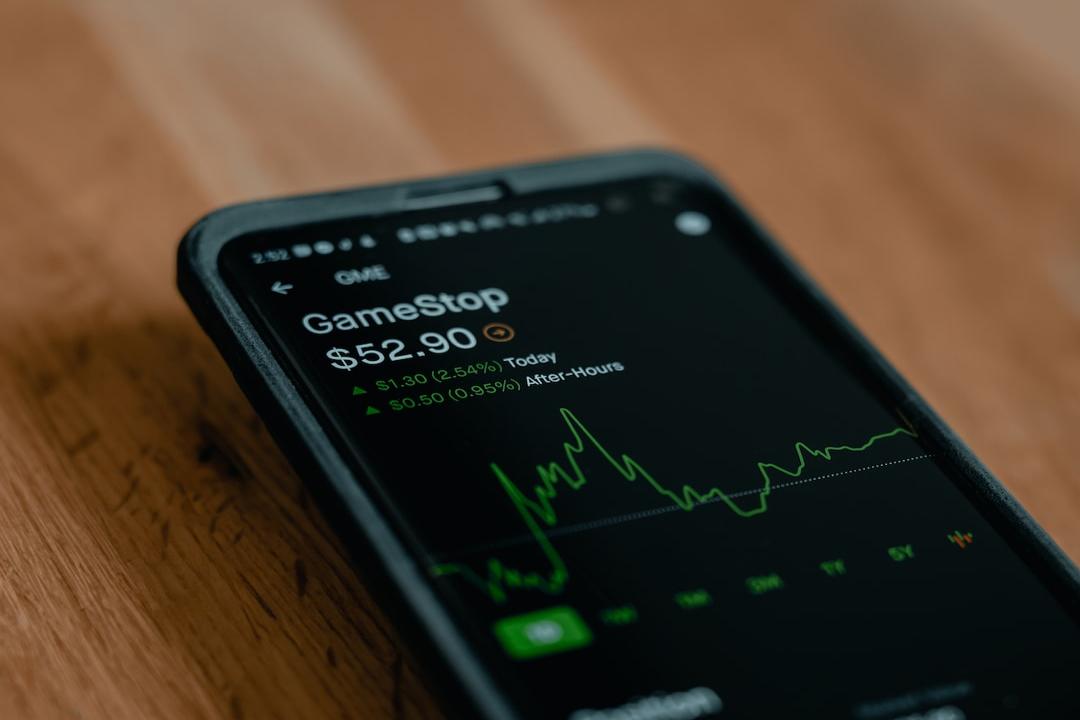Bitcoin experienced a 13.3% decline in price on April 12 and 13, causing many traders to exit their positions, especially those who had used leverage. This significant movement led to forced liquidations totaling $387 million and reduced the open interest by $5.4 billion. Initially, it appeared that this price action and its impact on the derivatives markets indicated a decreased risk appetite.
However, cryptocurrency traders are accustomed to volatility and often overreact during uncertain times. Therefore, a closer examination is necessary to determine whether the retest of $61,500 was enough to instill fear or signal that the path to $72,000 and a potential all-time high after the Bitcoin halving is now less likely.
The recent drop in Bitcoin’s price, coupled with the challenges faced by spot Bitcoin ETF holders who were unable to sell over the weekend, has dampened overall sentiment among traders. This has made it difficult to support the narrative of Bitcoin as “digital gold.” The weaknesses exposed in the spot Bitcoin ETF highlight the limitations of indirect exposure to Bitcoin through such instruments.
The inflows into spot ETFs in the U.S. have had a significant influence on Bitcoin’s price, even when accounting for outflows from Grayscale’s GBTC. The sector has accumulated $55 billion in assets under management over the past three months, thanks to visits from sales teams at BlackRock, Fidelity, Bitwise, and VanEck to institutional clients and top asset managers.
In contrast, gold’s reputation as a store of value remains unchallenged, especially considering its price stability during recent global political uncertainties and escalating conflicts in the Middle East. Gold is currently trading at $2,350, maintaining its level over the past week after reaching an all-time high of $2,432 on April 12.
Analyst Tom Linn suggests that recent price movements confirm that investors do not view Bitcoin as a safe haven, unlike gold, which appreciated following news of military conflicts on April 12. However, this analysis may overlook the fact that gold markets do not operate over the weekend, and other factors, such as excessive leverage, could have affected Bitcoin’s performance.
Historical data reveals that the price actions of Bitcoin and gold are rarely synchronized, with their correlation metric ranging from -1 to +1. A score of 0 indicates no correlation between the two assets. This data shows that Bitcoin is not correlated with gold, contradicting claims that it has failed as a store of value. This highlights the advantage of owning an asset that does not have a direct relationship with traditional financial assets.
To assess professional traders’ sentiment towards Bitcoin, analyzing BTC monthly futures contracts is crucial. In neutral markets, these contracts typically have a premium of 5% to 10%, reflecting the longer settlement period. The data shows that the annualized premium for BTC futures was largely unaffected by the recent price correction to $61,500, indicating a neutral-to-bullish sentiment.
Examining the Bitcoin options skew metric is also essential to fully assess market sentiment. A skew metric exceeding 7% suggests expectations of a price decline, while a skew below 7% indicates bullish sentiment. Over the past two weeks, the BTC options 25% delta skew has remained within a neutral range, indicating a balanced demand for bullish and bearish strategies. Additionally, there was no evidence of panic when Bitcoin tested the $61,500 support on April 13. Overall, the market data does not suggest any significant concerns or a decrease in investors’ optimism.
Please note that this article does not provide investment advice or recommendations. Every investment and trading decision involves risk, and readers should conduct their own research before making any decisions.

